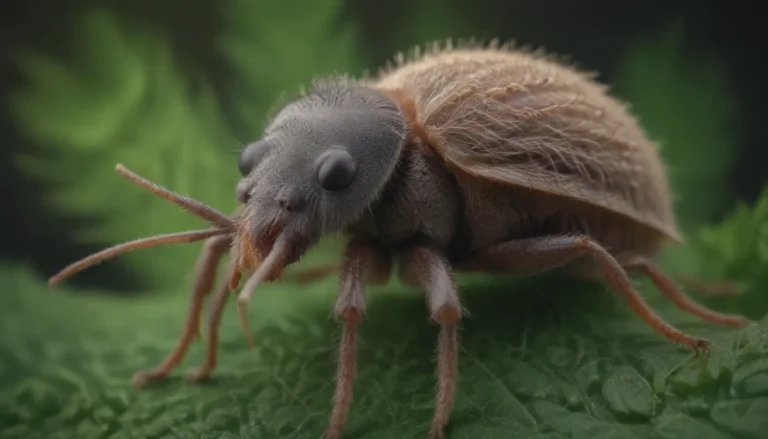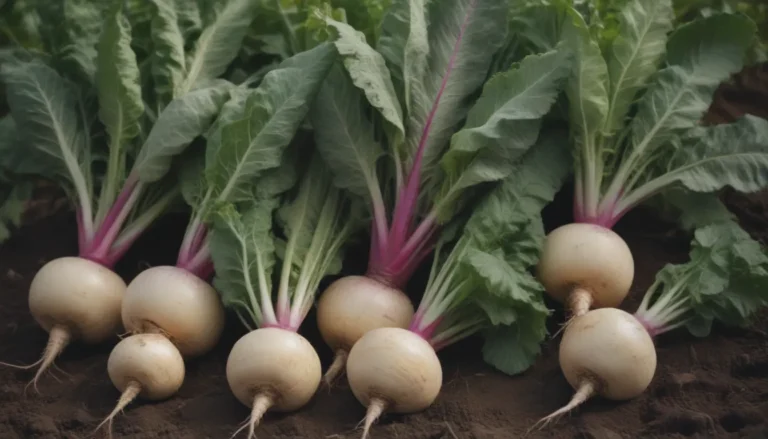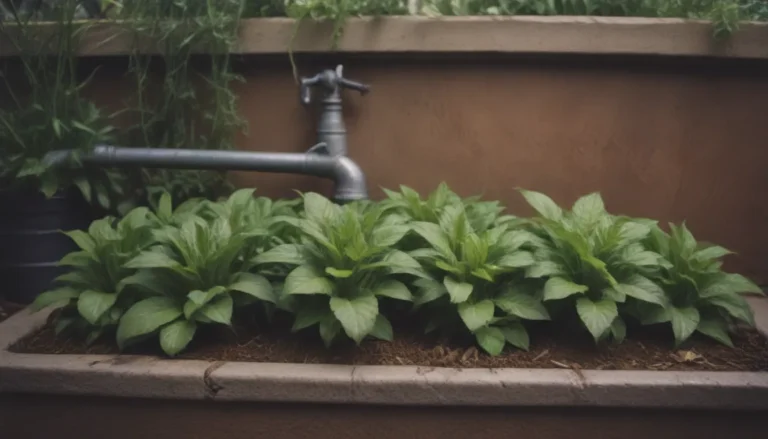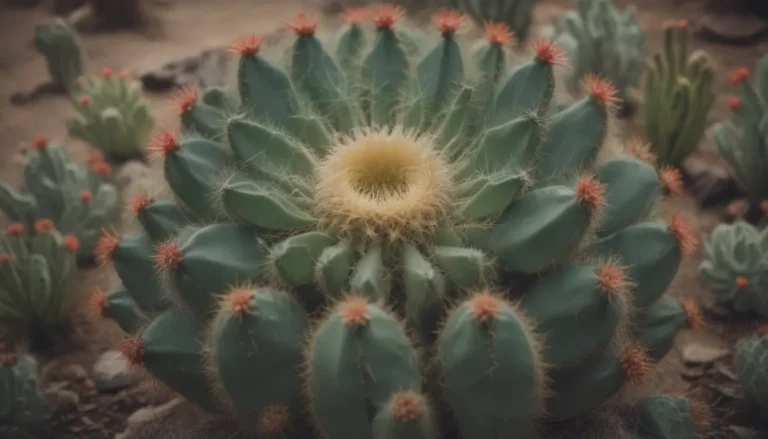How to Safely Identify and Remove Belladonna Plants from Your Yard

Have you come across a medium-sized shrub with dark green leaves, vivid purple flowers, and shiny black berries in your yard? If so, you might be dealing with Belladonna, a highly toxic plant that should be handled with caution. In this comprehensive guide, we will discuss how to identify, remove, and prevent the spread of Belladonna in your yard, ensuring the safety of your family and pets.
Understanding Belladonna Toxicity
Belladonna, scientifically known as Atropa belladonna, is extremely toxic to humans, cats, dogs, and horses. All parts of the plant, including the leaves, flowers, fruits, and roots, contain toxic compounds such as atropine, hyoscyamine, and scopolamine. Ingesting even small amounts of Belladonna can lead to severe health complications. The sweet, purplish-black berries of Belladonna pose the greatest risk, especially to children, due to their attractive appearance.
Identifying Belladonna in Your Yard
Belladonna is a tall, bushy perennial plant that belongs to the nightshade family. It grows three to four feet high and wide, with dark green oval leaves and distinctive bell-shaped purple flowers. The plant blooms from June through early September, producing berries known as “devil’s cherry” that ripen between late August and September. These shiny black berries, resembling wild edible berries like blueberries and blackberries, pose a significant risk of accidental ingestion.
Key features of Belladonna plant:
- Tall, bushy perennial with dark green oval leaves
- Bell-shaped purple flowers with a mild scent
- Shiny black berries known as “devil’s cherry”
How to Remove Belladonna Safely
If you have identified Belladonna in your yard, it is crucial to take immediate action to remove the plant and prevent any accidental exposure. Follow these steps to safely eliminate Belladonna from your outdoor space:
-
Protect Yourself: Wear long sleeves, pants, gloves, and boots to avoid skin contact with the plant. Consider wearing goggles or a full-face respirator if dealing with tall Belladonna plants.
-
Remove the Plant: Carefully dig out the entire plant, including its roots, to prevent regrowth. Dispose of the plant and roots in the trash to avoid any accidental consumption by wildlife or pets.
-
Disinfect Tools: Clean and disinfect your gardening tools, such as shovels and pruners, with a chlorine bleach solution to prevent the spread of Belladonna residue.
-
Use Herbicides: If Belladonna starts to regrow from residual roots, consider using a non-selective herbicide like glyphosate. Apply the herbicide to tiny shoots to effectively eliminate the plant.
-
Prevent Regrowth: Keep an eye on your yard for any signs of Belladonna regrowth. Birds often spread Belladonna seeds through their droppings, so take preventative measures to avoid further spread.
Differentiating Belladonna from Twinberry Honeysuckle
Twinberry honeysuckle is a plant that is often mistaken for Belladonna due to its similar appearance, particularly the black berries. Here are some key differences between Belladonna and Twinberry honeysuckle to help you distinguish between the two:
- Berries: Belladonna produces single berries, while Twinberry honeysuckle produces pairs of berries.
- Leaf Color: Twinberry honeysuckle has red leaves where the berries emerge, unlike Belladonna with dark green leaves.
- Flower Color: Belladonna has purple blooms, whereas Twinberry honeysuckle flowers are yellow.
Understanding the Origin and Distribution of Belladonna
Belladonna is native to Eurasia and has naturalized in various regions worldwide. In the United States, Belladonna has been found in states like New York, Michigan, California, Oregon, and Washington. It thrives in wastelands and areas with disturbed soil, such as dumps, quarries, and roadsides. Despite its toxic nature, Belladonna is legal to grow, buy, and sell in the US.
Interesting Facts about Belladonna
- The name “Atropa” comes from the Greek goddess Atropos, who determines the fate of individuals.
- “Belladonna” translates to “beautiful woman” in Italian, as historical accounts suggest the use of Belladonna eye drops for dilating pupils, a sign of beauty in the Renaissance era.
- Belladonna is also known as deadly nightshade and belongs to the nightshade family, which includes both poisonous and non-poisonous plants like potatoes, tomatoes, and peppers.
It is essential to handle Belladonna with care and take proactive measures to remove and prevent its spread in your yard. By following the guidelines outlined in this article, you can ensure the safety of your family, pets, and the environment. If you suspect Belladonna in your yard and are unsure about its identification or removal, consider consulting with a professional landscaper or gardening expert for assistance.
Remember, safety always comes first when dealing with toxic plants like Belladonna. Stay informed, take precautions, and keep your outdoor space free from harmful vegetation for a healthier and safer environment.





